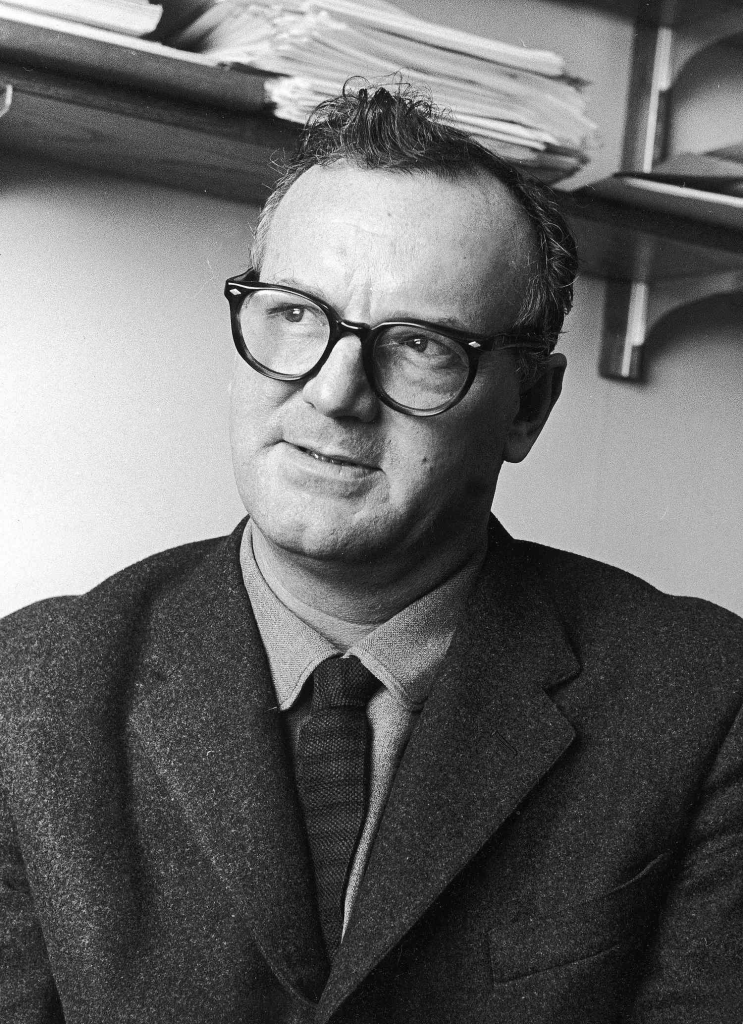The Power Elite Theory of C. Wright Mills and G. William Domhoff in the Indonesian Context
By Chappy Hakim – Indonesia Center for Air Power Studies
Jakarta, 29 April 2025
Introduction
In civic life, we are taught that democracy means power rests with the people. We are told that democracy offers space and voice for every citizen to shape the direction of their nation. Yet behind the slogans and promises of democratic governance lies a fundamental and persistent question: Who actually governs? Is it the common people, or a small group of individuals concentrated at the nexus of economic, political, and military power?
This question has long preoccupied social and political thinkers. Two prominent figures who have rigorously examined the structure of power in modern states are C. Wright Mills and G. William Domhoff. Their respective analyses reveal that power is not dispersed among the masses but rather concentrated in the hands of a well-organized and self-sustaining elite. These individuals—known collectively as the power elite—shape not only government decisions and economic policies but also public perception.
C. Wright Mills and the “Power Elite”. In his seminal work The Power Elite (1956), Mills argued that the United States—and by extension, many other modern nations—is not truly governed by the people, but by a triangle of elites composed of military leaders, corporate executives, and political insiders. He described this as a “triangle of power,” whose members operate in mutual reinforcement and insulation from ordinary citizens.¹
Mills emphasized that these elites do not gain influence merely by holding office, but also through shared social backgrounds, elite educational institutions, and the fluid exchange of roles across strategic positions in government and private sectors. This is no conspiracy theory, but a sociological observation of how institutional mechanisms perpetuate the dominance of the few.
G. William Domhoff and Class Domination. Building on Mills’ thesis, G. William Domhoff introduced a more empirical, data-rich perspective. In Who Rules America?, Domhoff elaborated on how the upper class—composed of large-scale entrepreneurs, bankers, media moguls, and elite politicians—exert systematic control over state institutions.² His class-domination theory explains that national policy is overwhelmingly shaped by the interests of this upper class.³
According to Domhoff, their power is not just legal or institutional—it is also social and symbolic, embedded in the very fabric of policymaking via think tanks, policy institutes, major media outlets, political parties, and even universities.
Indonesian Parallels to the Power Elite. Mills and Domhoff may have focused primarily on the United States, but similar power structures can be observed in Indonesia, albeit in a uniquely local form. Here, the power elite includes not only business tycoons and top politicians but also religious leaders, senior military officers, and media actors who shape public discourse.⁴
To begin with, the close ties between business interests and political parties in Indonesia are well-documented. Major parties are often bankrolled by conglomerates with vested interests in government contracts, resource concessions, and tax policies.⁵ Case in point: policy shifts regarding reclamation, mining permits, or import regulations frequently reflect the agenda of those in power.
Another parallel with Mills’ concept of interlocking directorates can be found in Indonesia’s dynastic politics and elite role-rotation. It is common to see a senior official’s son become a regional head, a prominent figure’s son-in-law chair a party, or the same individuals rotate through legislative, ministerial, and state enterprise positions.⁶
Meanwhile, the military (and increasingly, the police) continue to wield influence in civilian governance. Despite over two decades of reform, many retired generals hold key roles in political parties or as commissioners in state-owned enterprises, reflecting Mills’ military-political-economic triangle.⁷
The media, too, is not immune. Most mainstream outlets are controlled by business groups with political stakes. Their control extends to crafting narratives, shaping perceptions, and directing public opinion—especially during election cycles.⁸
Even state oversight bodies appear to have been “captured” by elite interests. The selection of leaders for agencies like the Corruption Eradication Commission (KPK) or the Constitutional Court often reveals how political elites manipulate outcomes to preserve their position and power.⁹
This paints a clear picture: Mills and Domhoff’s frameworks remain strikingly relevant when examining Indonesia’s political reality. While democratic institutions exist—elections are held, parties compete—the most critical decisions are often made not in parliament, but around elite dinner tables, far from the reach of the average voter.
Conclusion
It is time to confront an uncomfortable truth: power is never neutral. It inevitably flows to those who possess resources—economic capital, information access, and social networks. Therefore, it is the duty of an engaged citizenry to constantly monitor, voice concern, and demand a system that ensures genuine power rotation—not merely a facade of democratic ritual.
Real power does not necessarily reside in those who hold office, appear on television, or speak at campaign rallies. It resides in those who write the scripts, control the capital, and orchestrate the game from behind the curtain—ensuring that the same circle remains in power, year after year.
Footnotes
- C. Wright Mills, The Power Elite (Oxford: Oxford University Press, 1956), pp. 4–7.
- G. William Domhoff, Who Rules America? (New York: McGraw-Hill, 1967), pp. 12–18.
- G. William Domhoff, The Power Elite and the State (New York: Aldine de Gruyter, 1990), pp. 79–85.
- Richard Robison and Vedi R. Hadiz, Reorganising Power in Indonesia: The Politics of Oligarchy in an Age of Markets (London: Routledge, 2004), pp. 1–3.
- Jeffrey A. Winters, Oligarchy (New York: Cambridge University Press, 2011), pp. 210–215.
- Marcus Mietzner, “Political Recruitment and Elite Continuity in Post-Suharto Indonesia,” Indonesia, No. 81 (2006), pp. 1–22.
- Eve Warburton, “Jokowi and the New Developmentalism,” Bulletin of Indonesian Economic Studies, Vol. 52, No. 3 (2016), pp. 297–320.
- Thomas P. Power, Media and Political Change in Indonesia (London: Routledge, 2019).
- Edward Aspinall and Ward Berenschot, Democracy for Sale: Elections, Clientelism, and the State in Indonesia (Ithaca: Cornell University Press, 2019), pp. 145–155.
References
- Aspinall, Edward, and Ward Berenschot. Democracy for Sale: Elections, Clientelism, and the State in Indonesia. Cornell University Press, 2019.
- Domhoff, G. William. Who Rules America? New York: McGraw-Hill, 1967.
- Domhoff, G. William. The Power Elite and the State. New York: Aldine de Gruyter, 1990.
- Mills, C. Wright. The Power Elite. Oxford: Oxford University Press, 1956.
- Mietzner, Marcus. “Political Recruitment and Elite Continuity in Post-Suharto Indonesia.” Indonesia, No. 81 (2006).
- Power, Thomas P. Media and Political Change in Indonesia. London: Routledge, 2019.
- Robison, Richard, and Vedi R. Hadiz. Reorganising Power in Indonesia: The Politics of Oligarchy in an Age of Markets. London: Routledge, 2004.
- Warburton, Eve. “Jokowi and the New Developmentalism.” Bulletin of Indonesian Economic Studies, Vol. 52, No. 3 (2016).
- Winters, Jeffrey A. Oligarchy. Cambridge University Press, 2011.



